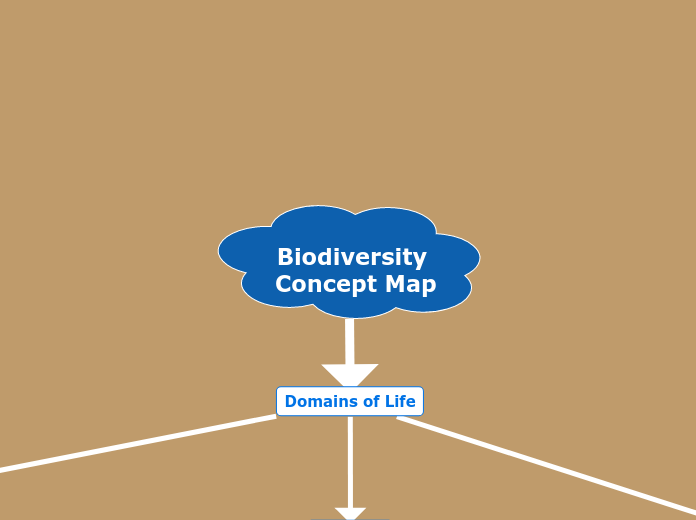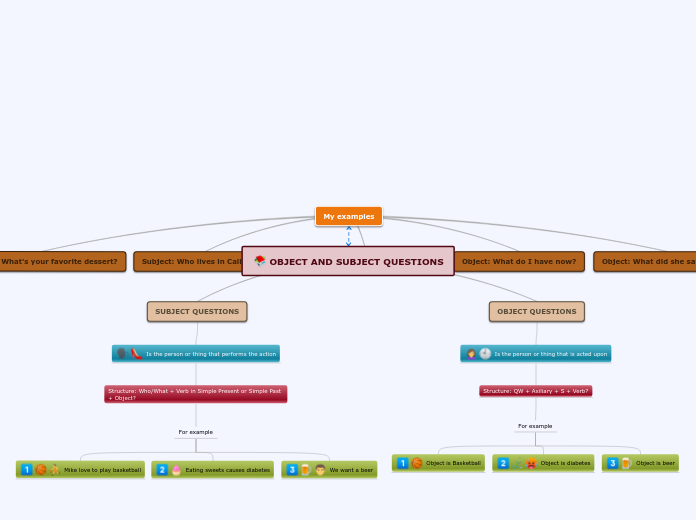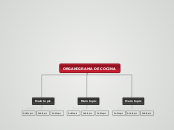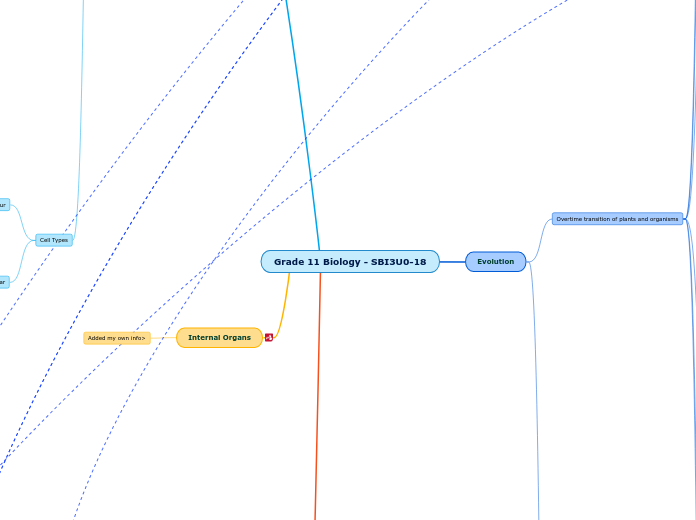Floating topic
Agaricomycotina
Saccharomyces Cerevisiae
Rhizopus Stolonifer
Antelope
Bonobo
Squirrels
Brown Bear
Order Artiodactyla
The characteristics of Order Artiodactyla has a good sense of hearing as well as sense of smell compared to many other mammals, however, they do not have good vision. They also have their eyes on the side of their head, giving them a panoramic view.
Order Primates
The characteristics that Order Primates have are dexterous thumbs, a generalized skeleton for physical agility and strength, keen vision such as having their eyes on the front of their head and smaller offspring which requires more attention when being raised.
Order Rodentia
The characteristics of Rodentia is that they have one pair of incisors on ecah jaw (upper and lower), their incisors are growing constantly and they have a complex jaw musculature.
Parrots
Turtle
Shark
Salamander
Mammals
Finally, the last step for adaptation on land is that the fetus is safe and secure in the womb. The womb is a perfect place for the fetus because it brings safety to the fetus as well as nutrients. It prevents dangers that can happen on the outside world. This can also help regulate the fetus' body temperature rather than allowing the weather conditions to regulate the body temperature.
Chondrichthyes
The first adaptation that occured was the jaw, unlike the Agnathans which do not have jaws. This developed a more sufficient way of capturing prey. This would be extremely helpful on land.
Amphibia
Another adaptation that occured was the change of the respritory system. To go from water to land, the oraganisms needed to go from having gills to lungs. Amphibians had a huge role in this since they always spend their time on land. Yet, they must return to the water since they need to keep their skin wet. Overtime, the offspring began developing lungs.
Reptilia
For the third adaptation was the skin of the organism where they did not have to continue returning to the water to keep their skin wet. The same concept goes for the egg in the reproduction system where the egg has a hard enough shell to where the embryo will not dry out, protecting it from the marine animals.
Aves
The fourth adaptation that needed to occur was that the organisms needed to be warm-blooded so the body temperature can regulate itself. Birds were already warm-blooded so their eggs had an advantage over the other classes.
Gnathostomata
Agnathans
Vertebrata
Cephalochordata
Urochordata
Protura
Dragonfly
Sea Spider
Horseshoe Crab
Spider (Araneae)
Cytherelloidea
Fairy Shrimp
Barnacle
Crab (Brachyura)
Pauropod
Halophiles
Garden Centipede
Millipede
Centipede
Liverworts
Excessive Classes
Placental Orders
Placental Orders reproduce sexually and the baby begins to develop within the placenta of the mother. They stay in the placenta until they are fully developed and ready to come into the world.
The Placental Orders are far superior to the Marsupirals because when the placental orders are carrying a fetus, the placental orders keep it safe and sound within the womb, providing safety, nutrients and overall protection from the outside world. With Marsupirals the fetus is only protected by the mother's pouch and still extremely exposed to the outside world.
Marsupirals
Marsurpials do reproduce sexually, however, they do not have a placenta. Marsurpials give birth on a very early stage and the embryo crawls to the marsupium. This is where most of the devleopment occurs.
Marsurpials are superiror to monotreme because monotreme's are more similar to reptiles because they lay eggs, however, they are classified as mammals rather than reptiles. They also have a different jaw structure which does affect it's ability to catch food.
Monotreme
Monotreme's are egg-laying mammals, the sperm of the male still enters the female's clocoa. The embryo will then begin it's development before the egg is even laid.
Entognatha
Insecta
Pycnogonida
Merostomata
Arachnida
Ostracoda
Branchiopoda
Maxillopoda
Malacostra
Pauropoda
Symphyla
Diplopoda
Chilopoda
Hexapoda
Chelicerates
Crustacea
Myriapoda
Lion
Octopus
Starfish
Crab
Leeches
Roundworm
Jellyfish
Flatworm
Arthropods
Calcarea Sponge
Major Phyla
There are a number of factors that have a role with the evolutionary milestone events.
Porifera: Their evolutionary milestone was they were multi-cellular
Cnidaria: Their evolutionary milestone was they have tissues
Platyhelminthes: Their evolutionary milestone because the organisms are bilaterally symmetrical.
Nematoda: Their evolutionary milestone is they have a body cavity.
Annelida: Their evolutionary milestone is that they have segmentation.
Arthropoda: Their evolutionary milestone is that they have jointed appendages.
Echinodermata: Their evolutionary milestone is they have a deuterostome
Mollusca: Their evolutionary milestone is they have a coelum.
Chordata: Lastly, the evolutionary milestone for chordata have notochords.
Chordata
Mollusca
Echinodermata
Arthropoda
Annelida
Nematoda
Platyhelminthes
Cnidaria
Porifera
They are heterotrophic, they are also diploids which means that they have their chromosomes in pairs. They are also made up of many cells. Lastly, they are develeoped through a zygote
SPECIES
PHYLA
ANNOTATIONS
KINGDOMS
LEGEND:
Animals
Flower Plants
Pine Tree
Ferns
Angiosperms
Angiosperms adapted to life of land, the leaves and stomata has a strong waxy coating that helps it conserve water, they have strong roots that have the ability to suck up water for the plant as well as minerals. They grow flowers which help its reproduction through birds, weather and insects. Lastly they have fruits that are able to be dispersed by wind or animals through the seeds.
Gymnosperms
Gymnosperms adapted overtime to life on land, they are autotrophs, photosynthetic organisms that has the ability to conserve water which allows them to sustain themselves on land. They do have a Xylem and Pholem as well that are used to sustain themselves.
Seedless Vascular
Seedless Vascular plants are now the most dominant land plants. They have tissues that allow water to be transported throughout the plants with ease as well as other substances.
Bryophytes
Bryophytes had two adaptations that helped it which are the waxy cuticles as well as the gametangia. The waxy cuticle helped prevent the plant tissue from drying out and then the gametangia provides further protection for the plant however, this is mainly for the plants gametes from drying out.
Plants are multi-cellular, they have a cell wall made up of cellulose. They are also photosynthetic meaning that can conduct photosynthesis to create food for themselves. They develop chlorophyll A and B and they develop from a embryo. They have a sexual phase in their life cycle as well.
Plants
Deuteromycota
Deuteromycota do not express a sexual phase in their life cycle. They do not possess sexual structures, so they are strictly reproducing asexually through the process of asexual conidiospores. Hyphae may recombine and form heterokaryotic hyphae.
Hyphomycetes
Basidiomycota
Basidiomycota are one of the fungi that reproduce sexually. Two plants need mating strains to fuse the genetic material within the basidium. This causes meiosis which brings to the production of haploid basidiospores.
Ascomycota
Ascomycota can reproduce in a numerous amount of ways asexaully. This could happen through fission, budding, fragmentation, arthrospores, chlamydospores or conidia.
Fungi can be uni/multi-cellular that are heterotrophs. They do have cell walls made from Chitin, Chitin makes up the exoskeleton of a insect. The structure of Fungi have been adjusted for absorbtion of nutrients and reproduction.
Zygomycota
Zygomycota reproduce asexually. They produce sporangiospores which then get carried away by weather condition. When weather conditions are not favourable the flower reproduces sexually.
Fungi
Myxomycota
Acrasiomycota
Oomycota
Apicomplexa
Fungi-like protist can not make their own food so they are mainly decomposers and absorb their nutrients through other living organisms
Euglenophyta
Chlorophyta
Rhodophyta
Pyrrophyta
Chrysophyta
Plant-like protist have chlorplasts which carrys out photosynthesis for the organism.
Phaeophyta
Bacteria
Anaerobic Methnogens
Thermophiles
Archaebacteria
They are the oldest organism on earth and suspected to be the ancestor of all life kingdom. They can survive earth's most unhospitable environments.
Sporozoans
Sporozoans are not given any organelles for movement. They aren't very mobile.
Sarcodines
Sarcodines move with the use of their pseudopodia. They flow their protoplasm forward into a "foot" and then bring the rest of their bodies with them. In a way, they slither to move. That is how Sarcodines move around.
Ciliates
Ciliates are able to propel themselves rapidly through the water, they use their cilia and beat it at a backwards angle which allows them to be able to thrust through the water.
Zooflagellates
Zooflagellates are orgamisms that have flagellas. Flagellas are a lash-like appendages which when they move them allows them to move around to get it's food.
Animal-like protis must ingest their food by moving around. This can happen through Holozoic or Saprozic. Holozoic being englulfing their food through endocytosis and Saprozic is the absorbtion of predigested food.
Fungi-like
Plant-like
Animal-like
Eukaryotes
Archaea
Archaea: They are tiny, uni-cellular bacteria. They have the ability to withstand extreme temperatures such as extreme heat or the extreme cold weather as well as acidic areas.
Sprillum
Rhodosprillum Rubrum
Bacillus
Bacillus Subtilis
Coccus
Streptococcus
Eubacteria
They are uni-cellular, prokaryotic cells, they are very simple with a ridgid cell wall. Many have a flagellum for movement
Protista
Can be single/multi-cellular. It is characterized by compartmentalization by a membrane system with the prescence of membrane-bound organelles.
Includes: Plants, Animals, Fungi and Protis.
Bacteria: They are single-cellular organisms that have a ridgid cell wall but lacks organelles as well as an organized nucleus.
Domains of Life
Biodiversity Concept Map









